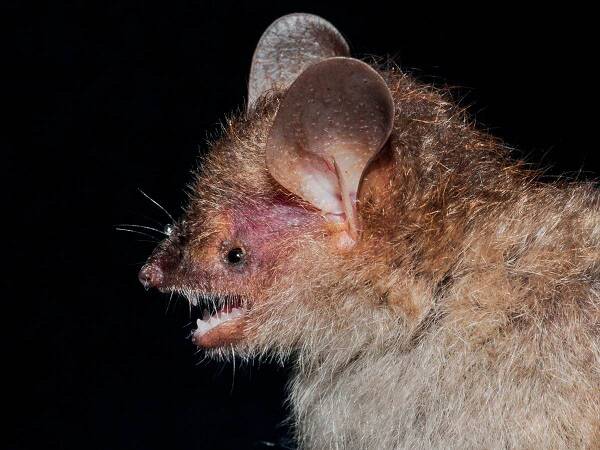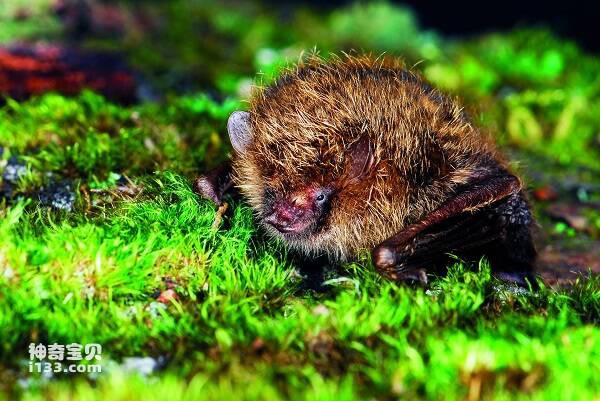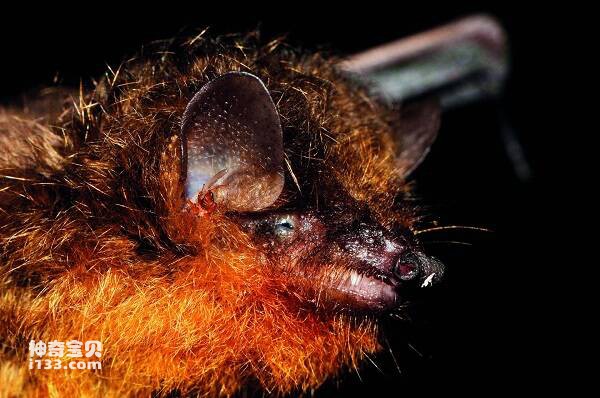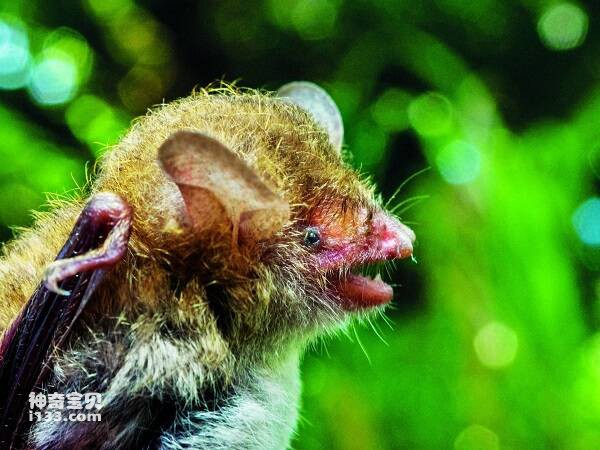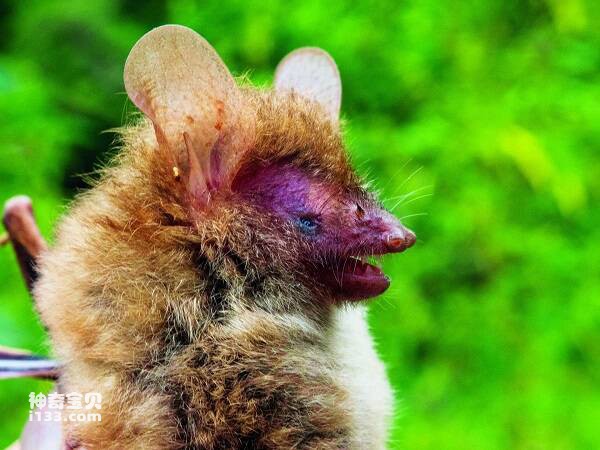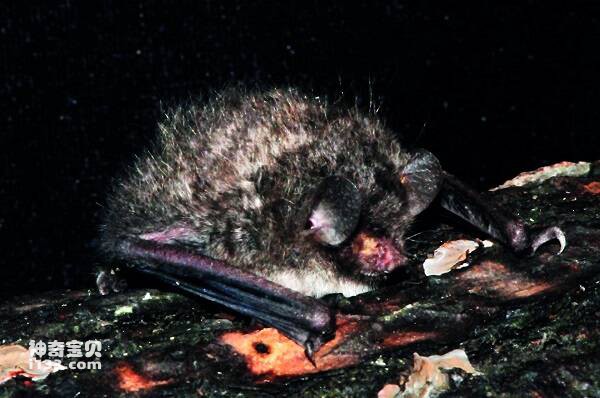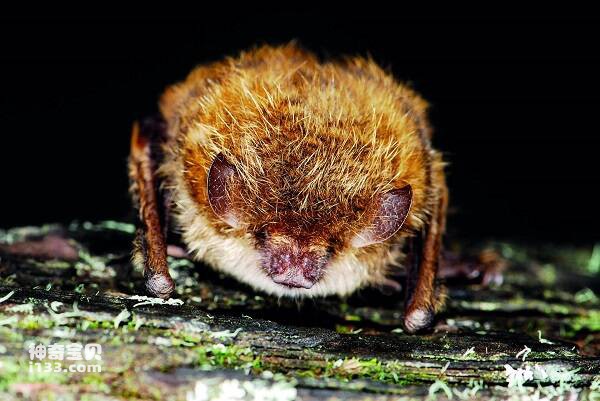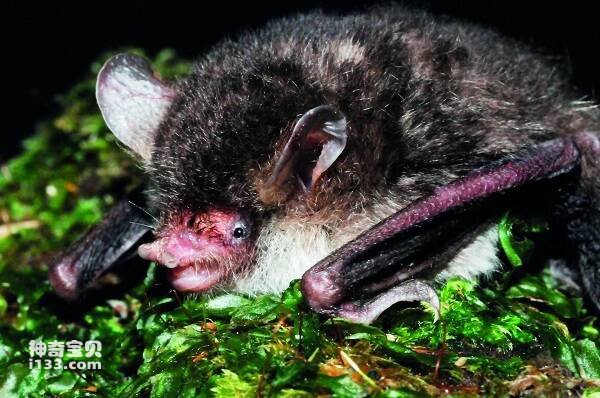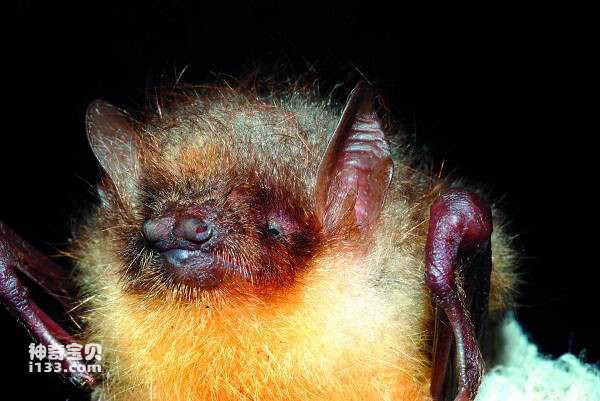Murina huttoni
IUCN
LCBasic Information
Scientific classification
- name:Murina huttoni
- Scientific Name:Murina huttoni
- Outline:Chiroptera
- Family:Chiroptera Batidae Tuborhinus
Vital signs
- length:
- Weight:
- lifetime:
Feature
The nostril is a tubular projection
Distribution and Habitat
It is distributed in Fujian, Jiangxi, Guangxi, Hubei, Zhejiang and Guangdong. It is distributed abroad in northwestern India, Vietnam, Thailand, and western Malaysia.
Appearance
Medium sized tube-nosed bat. Forearm length 29-38mm. The total length of the skull is 18mm. Slightly larger than the bobbin bat. The nose is typical of tuborhinus, with tubular protrusions of nostrils. The ears are short and narrow. The body hair is long and soft, the back hair is brownish-brown, and the ventral hair is pale, but there is no significant boundary between the middle and the side of the body. Similar to the round-eared bat, the posterior edge of the ear is rounded and raised without indent. The caudal membrane and the feet are hairy.
Details
Mesotubularis nocturnal. Insectivorous. This species is found in India. It lives in middle and low altitude woodland, but ADAPTS to a variety of habitats, and is active in forest and agricultural areas. The Latin scientific name is sometimes spelled Murina huttonii, and the Chinese name is also called the big tube-nosed bat. Some scholars have included <M. tubinaris> in the subspecies of this species, but <M. tubinaris> should be a separate species.
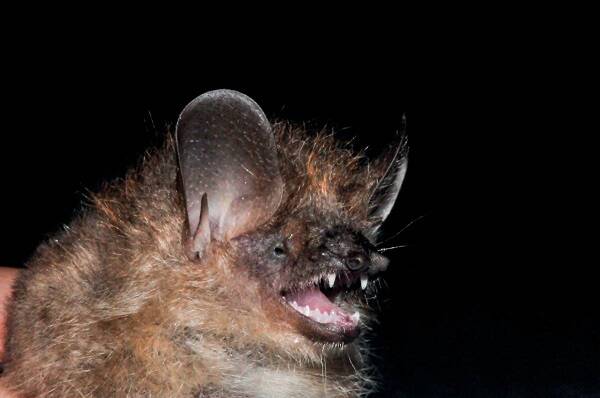
In September 2009, the species diversity of chiropteryx in Nanling Nature Reserve was investigated. 36 bats of 9 species were collected, among which Southwest Myotis bat and middle tube-nosed bat were new records in Guangdong Province. Based on the previous survey data, it is concluded that there are 25 species of chiroptera, belonging to 5 families and 12 genera, and their species diversity is very rich.
